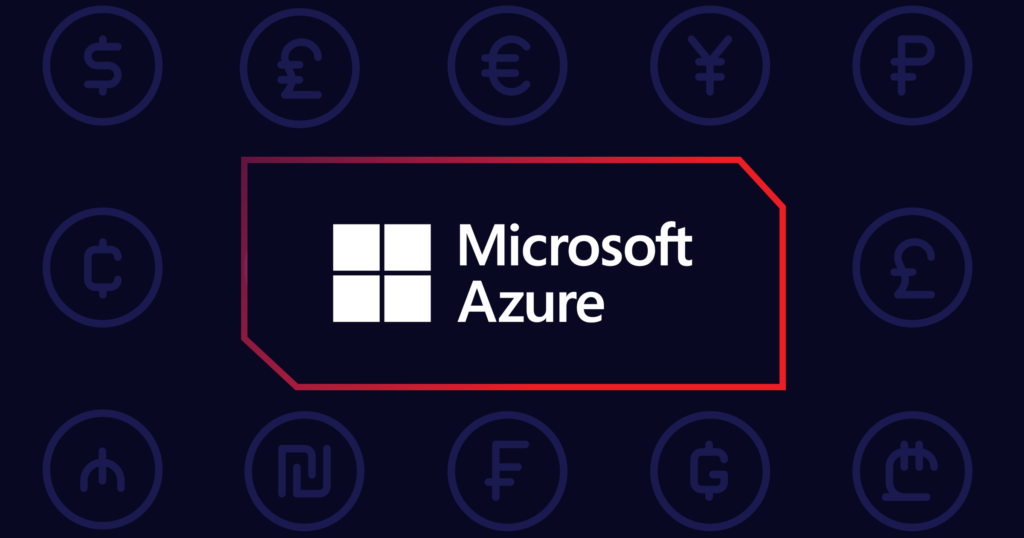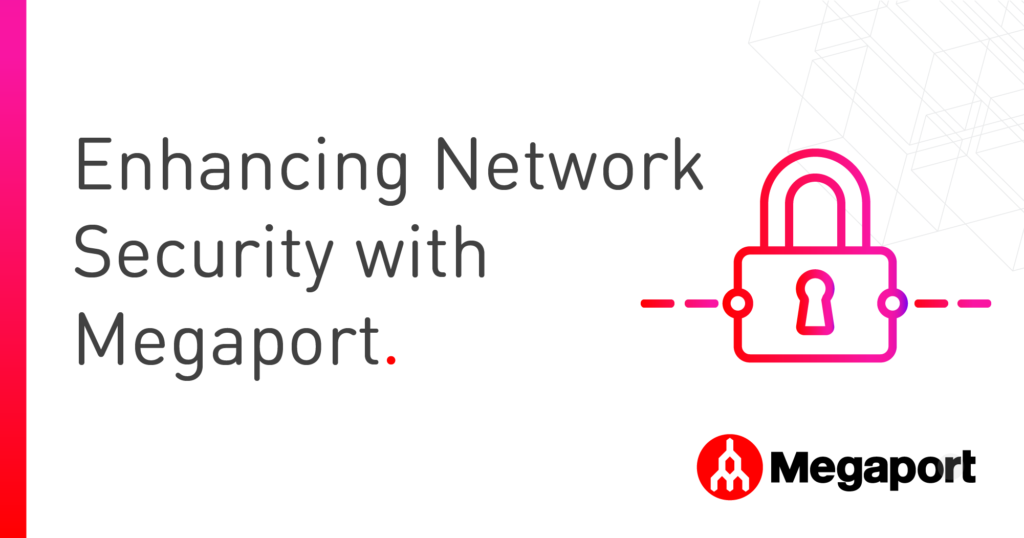
Microsoft Azure ExpressRoute Pricing, Explained
- Blog , Networking
- May 28, 2021
The sheer number of variables in Microsoft Azure ExpressRoute pricing can be dizzying, but we can help you make sense of it all.
We hear the confusion from customers all the time. What to make of Microsoft Azure ’s ExpressRoute pricing ?
What’s the difference between standard and premium circuit pricing? Are pricing zones the same as Availability Zones? What are the benefits of Microsoft peering vs. private peering? Do you need to buy circuits and gateways? Is a metered data plan more expensive than an unlimited one or vice versa?
The sheer number of variables in Microsoft Azure ExpressRoute pricing can be dizzying when all you want is to spin up some private network interfaces to Azure to improve your hybrid cloud connectivity. But ultimately, as when I wrote about “When to use ExpressRoute Local for Microsoft Azure Private Peering ,” it starts with what your business requires.
Here are some questions to ask your business to better understand which combination of Microsoft Azure ExpressRoute pricing options are the best fit for you.
When to use ExpressRoute Local for Microsoft Azure Private Peering.
Where will you need your workloads?
The first area of confusion for many customers is ExpressRoute’s pricing zones for circuits.
One of the two filters you’re provided on the ExpressRoute pricing page under circuits is for “Zone.” But these are not Availability Zones (see defined terms below), which are a set of independent data centers within a geographical region. A Region would be East US or Germany West Central, which represents all Azure data centers in that area.
Listed in the pull-down menu as a filter on the pricing page, pricing zones are “Global Commercial Zones ” and your options are Zones 1-5, US Gov Zone 1, and Germany Zone 1. Toggle through the zones and you’ll notice that the data rates change for ExpressRoute Circuit pricing, with options for Standard and Premium. The pricing differs slightly by zones because of the different service provider agreements Microsoft has with various partners operating and/or connecting to Azure data centers.
Unlike ExpressRoute Circuits, ExpressRoute Gateways are priced by Region. The pricing is the same globally except in certain sovereign locations. To deploy private connectivity to Azure, you need at least one ExpressRoute Gateway and an ExpressRoute Circuit. There is an additional pricing option to deploy ExpressRoute gateways in Azure Availability Zones by using Zone Redundant Gateway SKUs. This physically and logically separates them into different Availability Zones protecting your on-premises network connectivity to Azure from Availability Zone-level failures.
So it’s important to know where you want to deploy your workloads in Azure, because that will affect your pricing. Some additional questions you should ask include:
- Do you need to deploy globally, in multiple Regions? Or do you just need to deploy within an Availability Zone within one Region like East US?
- Do you know which on-premises data center you’ll be connecting to ExpressRoute from, and where it’s located?
“Many customers don’t know that you can increase the size of your ExpressRoute Circuit or Gateway, but you can’t decrease it. So it becomes important for you to know roughly how much data you’ll be pushing through your ExpressRoute connections because it will affect your cloud bill.”
How much data will you need to handle in Azure?
Many customers don’t know that you can increase the size of your ExpressRoute Circuit or Gateway, but you can’t decrease it. So it becomes important for you to know roughly how much data you’ll be pushing through your ExpressRoute connections because it will affect your cloud bill.
Many of our larger customers have a difficult time estimating their data needs. Their networking teams know certain departments want their applications in the cloud, but don’t know the amount of data they expect to use. Other companies will have some idea about their bandwidth needs based on past experience.
A workaround we’ve used with our customers to reduce data rates is to provision in parallel, creating a second circuit for the lower bandwidth you need, and then the customer can simply deprovision the first circuit.
Compare private connectivity between AWS, Azure, and Google Cloud.
How much data you estimate you’ll need will affect whether you decide on a metered or unlimited data plan. All data plans give you unlimited free inbound data transfers. The metered data plan means you’ll be paying egress fees on outbound data going back to your on-prem infrastructure. The unlimited data plan gives you unlimited outbound data transfer, but you’ll be subject to a higher monthly port fee related to the ExpressRoute data rate selected.
ExpressRoute Local could be a good option for those who have workloads in a single region close to your ExpressRoute peering location of choice, and lots of egress traffic. In this case, the fees are slightly higher than the unlimited plan, but no egress fees are charged for traffic from the local region across the ExpressRoute. And don’t forget that Megaport can get you to your ExpressRoute peering location of choice so that you can benefit from the ExpressRoute Local option.
What about ExpressRoute Direct and Global Reach?
Microsoft Azure offers a pair of services – ExpressRoute Direct and Global Reach – that provide private, dedicated access to Microsoft’s global network.
ExpressRoute Direct allows you to connect directly into Microsoft’s global network at peering locations strategically distributed around the world. It’s most useful for companies that require dedicated and isolated connectivity, such as those in banking or government sectors, and those requiring massive data ingestion into services like Storage and Cosmos DB. Global Reach, meanwhile, allows you to build your own private network within Azure and between your disparate on-premises networks.
Avoid Cloud Bill Shock with Azure ExpressRoute Local and Megaport.
These offerings can be quite pricey, however, particularly if you have a lot of data to transfer. ExpressRoute Direct contains a monthly port fee that ranges from $6,000 to $8,500 USD per month for a 10Gbps port. Premium circuit fees are added on top of that. For Global Reach, Microsoft recently announced that they would cut data transfer fees in half to $0.02 per GB in Zone 1 to $0.11 per GB in Zone 3. You’re paying each way on the traffic and an additional Global Reach Add-On fee.
Luckily, Megaport can help you achieve similar connectivity objectives at a fraction of the cost.
Key Microsoft Azure definitions
To review, here are some important definitions to help you understand Azure ExpressRoute pricing:
Regions – A set of Azure data centers deployed within a latency-defined perimeter and connected through a dedicated regional low-latency network.
Availability Zones – Unique physical locations within a region. Each zone is made up of one or more data centers equipped with independent power, cooling, and networking. The AZs are designed for redundancy, so if one facility goes down, the AZ remains running thanks to a separate facility.
Pricing Zones – Pricing zones reflect the variable pricing for ExpressRoute connections based on the ExpressRoute peering locations.
ExpressRoute Circuit – ExpressRoute Circuits are deployed in peering locations or meet-me-locations and are mapped to different pricing zones .
ExpressRoute Gateways – ExpressRoute virtual network gateway is designed to exchange network routes and route network traffic.
Standard ExpressRoute – A standard circuit gives you access to all Azure regions in a geopolitical area.
Premium ExpressRoute – circuits can connect to any Azure region in the world for an additional fee.
We’re here to help
We hope we’ve clarified some of the elements of Microsoft Azure ExpressRoute pricing. If you have any questions related to pricing or Azure deployments in general, Megaport is always here to help.


